Lead Generation for Document Management Firms
The Definitive Guide
Introduction
If you’re a document management firm that hasn’t updated your lead-generation activities in a while, or if you aren’t clear on what lead generation is, it’s something that you certainly can’t afford to overlook.
Lead generation is the key to finding potential customers for your document management business. In the digital marketing sphere, there are various ways of capturing leads, understanding whether or not they’re qualified, nurturing them, and converting them to customers.
Your friends at Andrew Spencer Marketing have created this comprehensive guide to help you clarify, refine and evolve lead generating activities so that you’re on the right track toward an optimal conversion rate.
What is Lead Generation?

What is Lead Generation?
How to define a lead
Because you’re already running a document management business, you already have some idea of what you’re doing to find customers. But in the digital world, there are so many options that you may not even know about or that you’re already doing.
A “lead,” as you probably already know, is simply someone who shows interest in what you have to offer. They show interest in your ECM Software, for example. Or they reach out to you about microfilm scanning, or document scanning, or scanning software.
Leads come to you through because of a:
Referral
Targeted Offer
Coupon
Email Signup
Valuable blog content
eBook
The key to knowing what you’re doing with company lead gen is truly understanding how you’re using your sales funnel, in the context of your document management products and services, and how it’s currently working. That will vary based on your sales cycle, sales strategies, demographics, competition, and other aspects of your business.
What’s most important is that you and your team have a standard definition of lead types.
The evolution of lead generation (outbound vs. inbound) for document management firms
Lead generation falls into two categories: outbound and inbound. There are still some outbound activities that can be effective — cold “emailing” via LinkedIn or ads on TV, for instance — and they are not entirely out of the picture. But they do need to be used more strategically than ever before.
This shift came along with heavy internet use because internet activity is about people finding you, and not the other way around. Customers want to choose your brand or product, rather than being sold it. They’re typically more educated and aware of the choices they have. Plus, they can get almost any product or service they want, at virtually any time.
In that light, you must understand how to stand out in a crowded marketplace and be the document management vendor that businesses choose.

B2B Lead Generation for Document Management Firms
Overview
When it comes to business to business, inbound marketing is a little different than it is with B2C simply because you’re trying to generate interest of a different nature. Typically, marketing to other professionals requires a bit of a different strategy.
But inbound marketing, the process of “bringing” people to you, rather than “going” to them, is essential here.
With B2B lead generation, you have to focus on addressing the needs of unique prospects. You want to appeal to many businesses, but your efforts need to demonstrate that you understand the struggles that are specific to your prospect, including their industry, company size, office infrastructure, and more. To get to this level of understanding, you’ll need to do some in-depth research on your target audience, which is the foundation of any good marketing strategy.
The buyer’s journey
To be in touch with your prospects, you must be aware of the buyer’s journey. This process is split into three stages: Awareness, Consideration and Decision. With B2B lead gen, the buyer’s journey follows four actions between the stages:
What you need to do is create something of value that people want to engage with. It might be informative, educational or entertaining—but it has to be meaningful and in the right place. Your prospects might even engage with a variety of relevant pieces of content before making a decision, and that’s why you need to diversify your content development and marketing.
Common B2B lead generation tactics used by document management firms
Marketing tactics for B2B lead generation include many of the standard choices. Today, professionals operate in a variety of channels, and you want to reach them wherever you can. These avenues you pursue include:
Social Media
Email Campaigns
eBooks
e-Newsletters
Paid Ads
Search Engine Optimization
Whether you target an inbox, social feed or search engine, you need to focus on your prospect first. Make sure you understand what appeals to them most and where it will have the most impact.
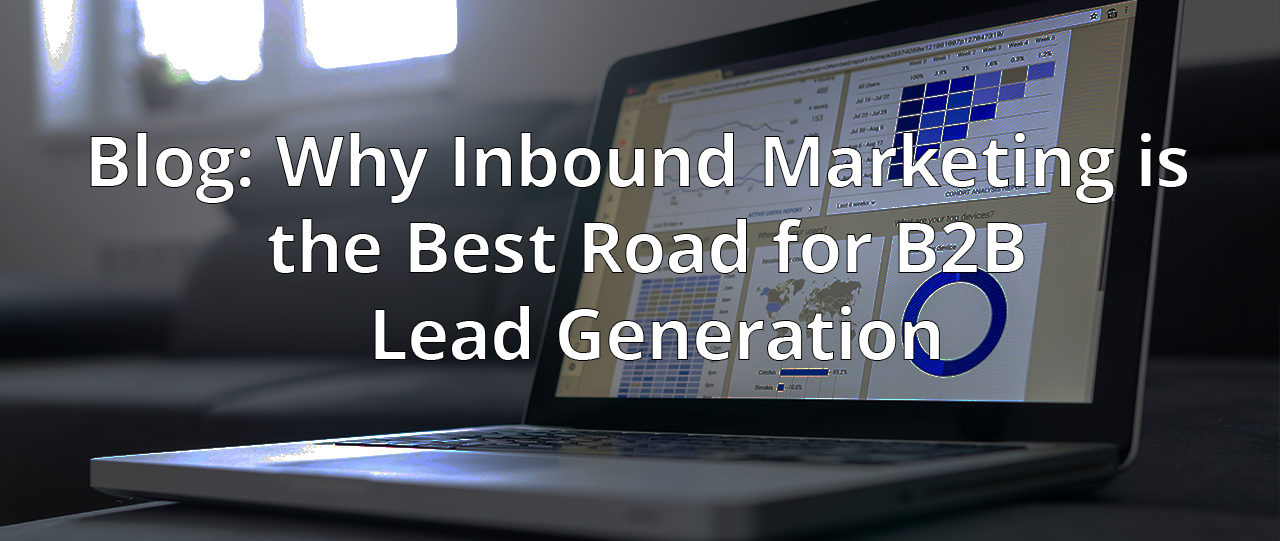
How to Generate Leads for Your Document Management Company
What are organic and paid lead generation?
We can divide lead generation activities into two categories: organic and paid. Organic lead generation activities drive traffic without paid ads. Social media, blogging, content marketing and video are examples of organic lead generation tools. Paid tools, on the other hand, include pay-per-click, search engine marketing and social ads.
Organic lead generation
For the organic side, content marketing and lead generation go hand in hand. That is because the content is one of the best ways to engage, inspire and inform people in an organic way.
Search Engine Optimization (SEO)
SEO is the primary organic lead generation technique. And it works seamlessly with content marketing, and both are used together to drive traffic to your website because your SEO value will be based on the overall quality of your content.
Content is nothing without SEO, and lead gen is (almost) nothing without content, so the three must work together to:
Paid Lead Generation
Google ads for lead generation
Google Ads are a popular choice for many marketers. You want searchers to find your site sooner and more prominently than they find your competitors’. Google AdWords can be a useful tool in your marketing arsenal if you do them right. Google has been getting stricter with the ads they will display based on a few key areas. So, optimize your ads by:
- Building a useful landing page. You need to provide relevant and genuine content, not just a keyword-stuffed page that gets you high rankings and click-throughs
- Being transparent. You must be clear about your intentions for collecting prospects’ contact information. Show Google and customers that you are trustworthy
- Make the page easy to navigate. That means simple text and a call to action, but it also means the page should load in a virtual instant. If your load time is too long, issues are ahead. Not only will you lose that prospect but, when Google sees the behaviour becoming a pattern, that will signal that something’s wrong with your ad, likely impacting your rank

If you practice ethical SEO tactics in ads, such as relevant, keyword-rich content, then you’ll get the clicks you deserve.
Social media ads lead generation
Generally, social media will have a lower conversion rate than advertising strategies like pay-per-click (PPC) or even SEO. However, new tools like Facebook Lead Ads and Instagram for Business are making it easier to use social for lead generation, especially if a high percentage of your traffic tends to come through mobile.
In Facebook, you can also add a call-to-action button directly on your page. Twitter also has Lead Gen Cards where Twitter users can enter their contact information and submit it to you on the platform directly if they’re interested in your document management brand.
When you think of B2B social media marketing, you’re probably thinking of LinkedIn first. That’s because its primary function is business networking. And LinkedIn has even claimed to be the best channel for B2B lead gen. The site has proven it’s got staying power and is the center of social and professional interactions on the internet. So, on LinkedIn, you can have sponsored content or text ads, and you can even send sponsored InMail to pursue potential prospects or warm current leads.

Social media lead generation
You certainly need to pay attention to SEO and social media for B2B in just about every sphere. Anyone can tie social media activities to blogs and landing page-based lead generating actions. And B2B marketers will want to have a clear understanding of how to use professional social media sites like LinkedIn to draw in leads.
One of the tricks here is to have a clear understanding of how much energy to focus on the first two phases of the buyer’s journey (lead generation) versus nurturing and retention. Many new leads won’t be ready to purchase, so it’s crucial that your sales teams and managers have a handle on how to build trust — and social media is essential for brand building, raising awareness and building trust.
Sometimes, though, document management companies that spend too much time at the top of the funnel get in the cycle of lead generation but then never actually convert those customers. Thus, it’s essential to have a clear picture of where your own “cold, warm, hot” phases are and how they happen. Refining this continuously should be a crucial part of your social strategy.

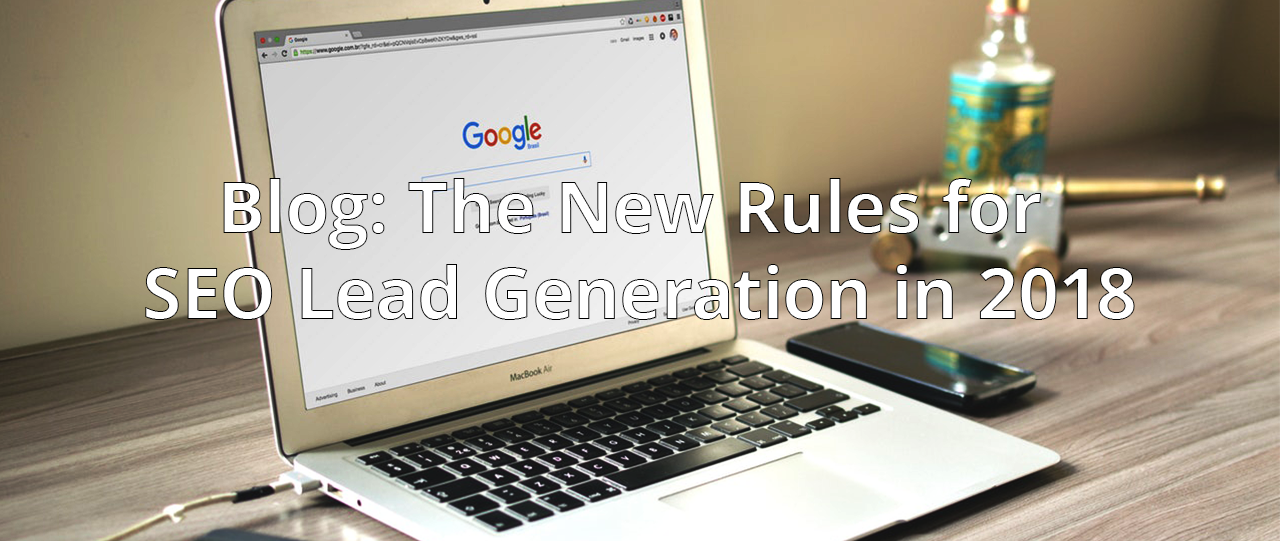
How document management firms can use social media for lead gen
Social media is a great tool to work through the sales funnel. Your social skills can create brand awareness and engagement, and even follow-through on capturing or nurturing leads.
On platforms that use hashtags, these are your greatest asset to get the attention of a wide range of prospects who are already interested in document scanning, going paperless and generally managing their documents. Make sure you are consistently marking your posts with these hashtags (adjusting them to suit the post) and that you are re-evaluating which ones are working and those you could add.
Another way to use social media for lead gen is through groups. Find the people who have an interest in document management, going paperless, and so on. You can easily comb through and contribute to conversations to find people who have pain points that you can solve with your document management services. Reach out naturally and ask if they’d like to explore their options.
All platforms are meant for people to engage. So, use your posts to encourage interaction. Ask followers and users to post comments about their experiences, or create contests dependent on surveys, contact info and shares. You’re getting your brand out to even more users while gaining useful lead intel.
Choosing the right social platforms
Posting on the right sites is an integral part of social for B2B marketing. The leading B2B social sites for document management businesses are Instagram, Facebook and LinkedIn. If you are looking to share and interact with customers based on technical or longer format posts, then LinkedIn is your primary choice, especially since you’re looking to share and interact with customers on strictly business-related terms.
Whatever your primary focus is, you can certainly take advantage of more than one channel. Show your personality, run contests, and engage with leads on Twitter. Share your industry-specific knowledge on LinkedIn, posting thought-provoking white papers and articles. You don’t need one platform, but you do need to understand the purpose of each medium and how to capture your customers on each one.
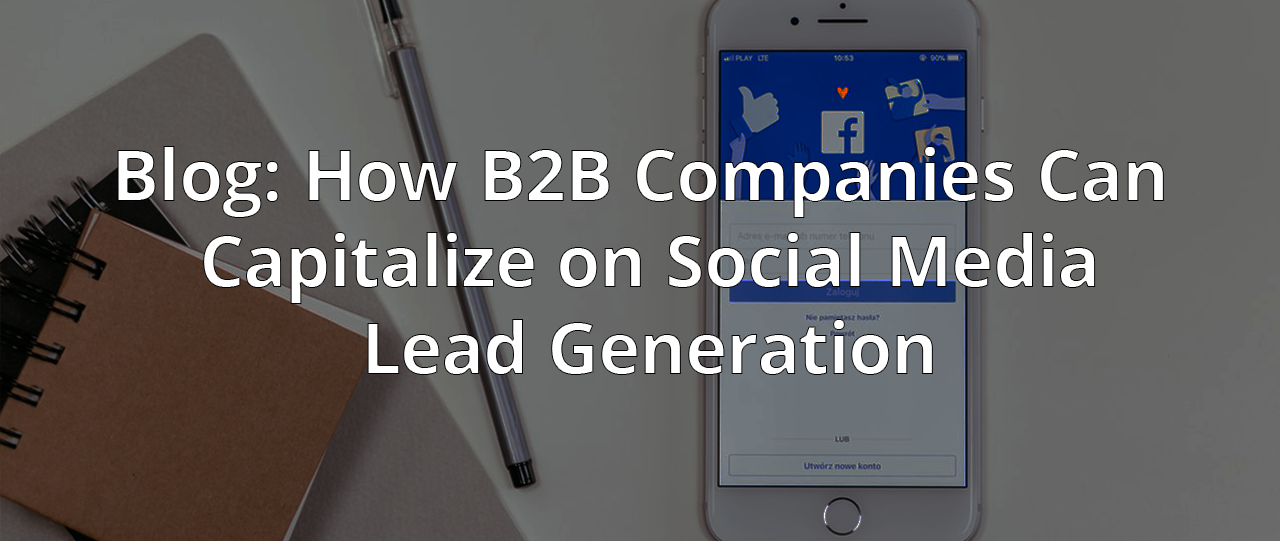
Content Marketing for Document Management Firms
Content marketing works across the board involves many strategies. These sources of information should educate and entertain your prospects. You need to appeal to a variety of content consumption habits and preferences. Your marketing content may include e-newsletters, white papers, video blogs, blogs and webinars
Content is so useful because it works for you. You offer it to prospects through email campaigns, or they find it on their own through your website, social channels or ads, and it works to convince and convert them without you having to break out (and potentially bore them with) your standard sales pitch.
Why content marketing is essential for document management companies
Marketers at document management firms know that B2B has longer sales cycles, and thus establishing long-term relationships should be your priority.
B2B marketing involves communicating with individuals in targeted fields. These people are looking for detailed and factual information. So, you need to be prepared to offer supporting resources (in any format) that convey quantifiable data about how your products are developed, how they’ve been solving similar customers’ problems, and what makes you different. Teaching tools like case studies and white papers, for instance, tend to be very popular for B2B.
You’re dealing with individuals who may or may not be the decision-makers in their company. So, you must provide relevant, informative and exciting information that can be easily communicated to reps, smaller teams, and higher-ups to ultimately win them over.
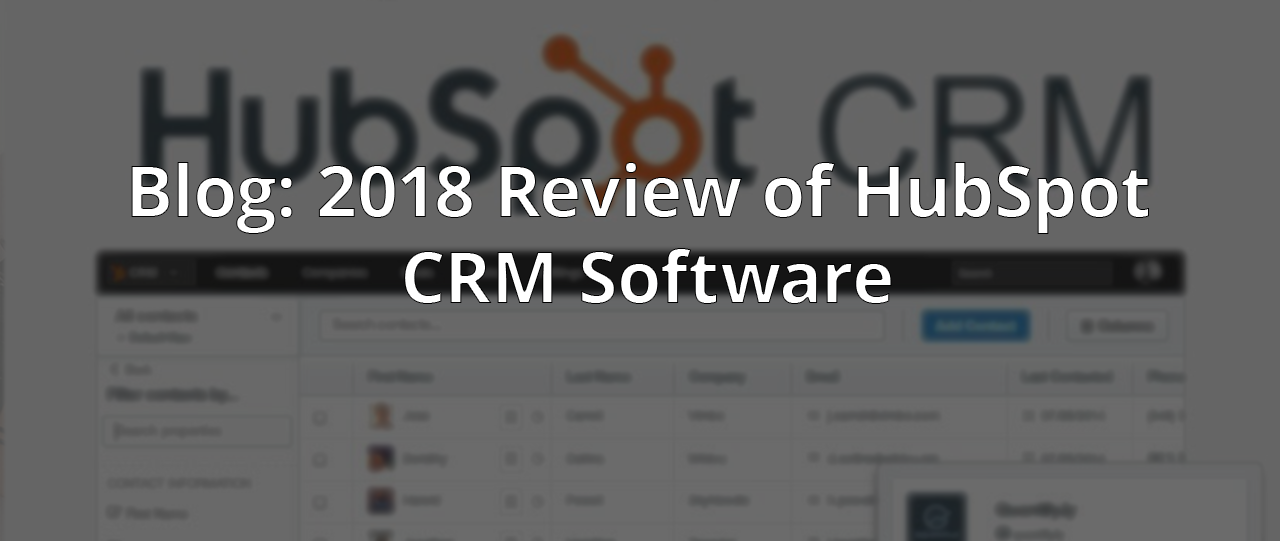
How content marketing and lead generation work together
Content marketing will be your go-to strategy, particularly for your marketing qualified leads. It’s what your marketing team is going to use to move leads further through the funnel. Sharing eBooks, webinars, blog posts and social feeds—whatever it is—you use content to get attention and keep it long enough that a prospect can relate to what you’re conveying and realize that you can help them.
When it comes to B2B, most experts agree that the most effective lead-generating strategies are (in no particular order):
Social Networking
Content Marketing
Search Marketing
Email Marketing
Across pretty much every industry, email stands out as a versatile and budget-friendly means to generate brand awareness, educate and inform your audience and send offers, and this is especially the case when email is used in combination with marketing automation.

Types of lead generation content
You won’t find that just one type of content will skyrocket your lead gen efforts. But a combination of the most useful and informative pieces will get you the attention you’ve been looking for. Depending on the size of your document management business and the information you need to convey, you can try a variety of content formats.
Blogs
Blog posts are wonderful ways to interact with potential buyers. They’re super valuable because you can do whatever you want with them: create evergreen posts, create long-form pillar content, create snippets out of existing posts, or even create simple, short clips you can use to intrigue readers into following you for more detailed information.
A few tips to make sure your blog stands out:
Remember that content comes in a variety of formats, and a careful balance of visual and written content is crucial here as is using the right social channels and marketing techniques to promote them.
Emails
Email marketing shows a consistently high ROI in the document management space. It’s useful because it’s not only versatile, but it’s direct without being overly invasive. Email has the potential to attract people in a fairly personal way, and this is one of the reasons it works.
Social posts
Social media is a great way to give a personality to your business, and to interact with your audience less formally and in a way that doesn’t appear sales-driven.
To get started you need to figure out the best channels for you and the businesses you’re targeting. Depending on the platform, you may choose to share something funny and buzz-worthy that gets attention, something that’s intriguing and thought-provoking, or something that’s educational and professional. You want all of these pieces to be highly shareable though. Likes, comments and re-posts are excellent indicators that you’re resonating with your audience. Be sure to acknowledge those who share your content.
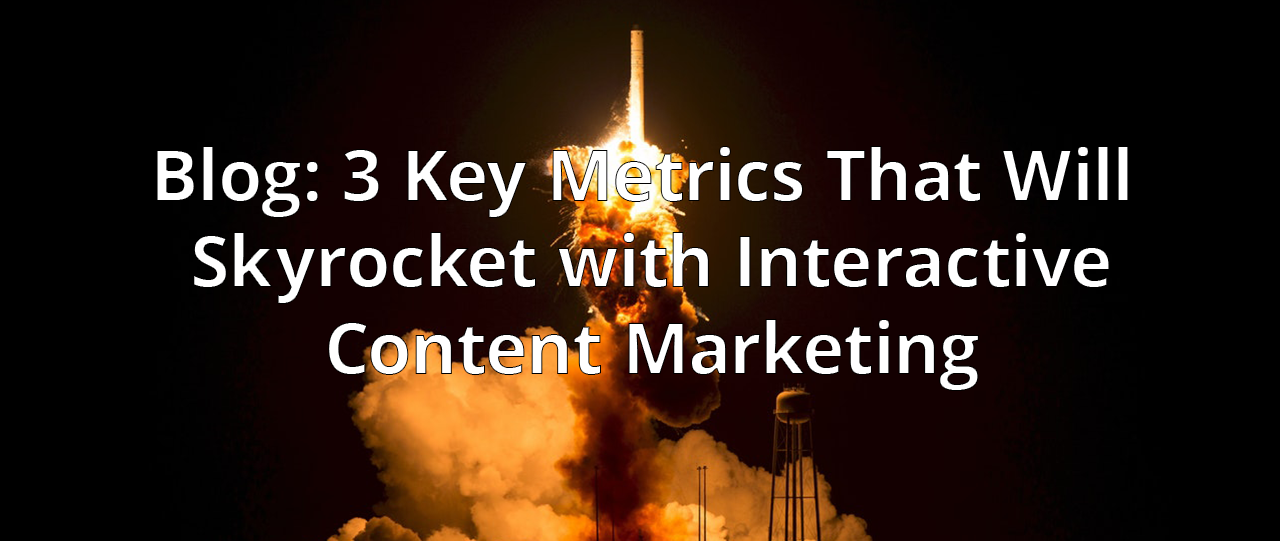
White papers & eBooks
These are your best resources to share complex or comprehensive ideas. Create a white paper that addresses new developments in the document management industry. Or, maybe write an eBook that can act as a how-to guide for your clients.
These pieces of content will be easy to share with colleagues and even on social. You’re building your authority and trust with prospects as well. Offer white papers and eBooks to leads on your site or through email correspondence. And the best thing about these pieces of content is that they can be simple to produce. For example, you could collect a blog series you’ve written and then transform it into an eBook that acts as an overview on a particular subject.
Video
Video is huge right now, and it’s not slowing down. Even if you’re not tech-savvy, your team can create small videos that add variety to your content offerings. Make a short clip demonstrating how to use your document management hardware or software, for example. This video will help your clients and your marketing efforts at the same time. You can even share webinars to inform professionals about new developments in scanning, document management, document storage, going paperless, and more. Videos are a fantastic way to spread information quickly and effectively.
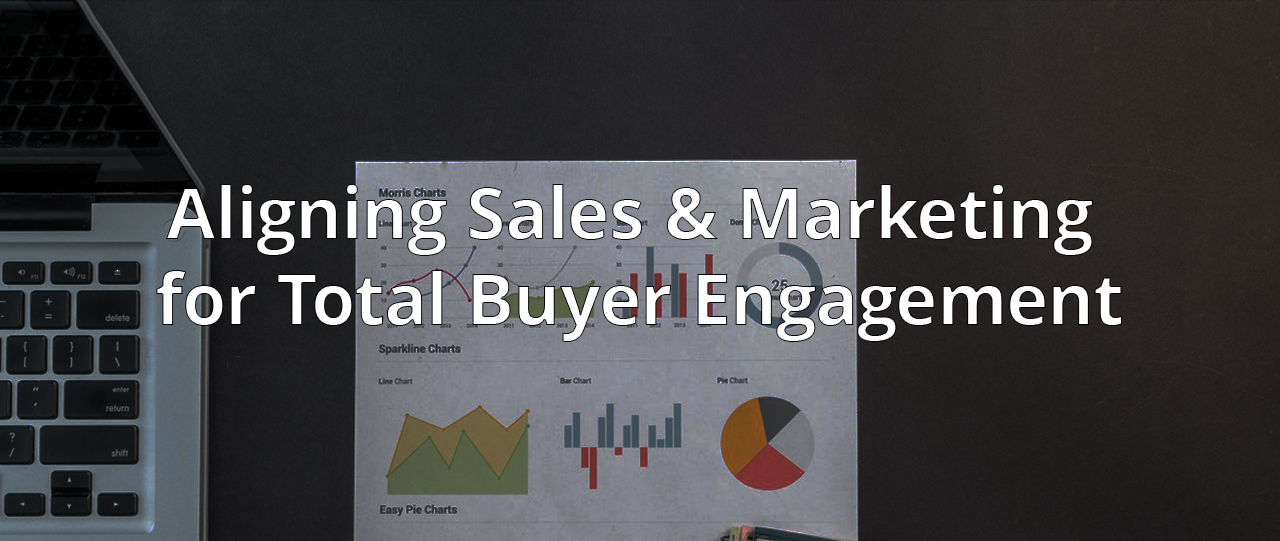
Conversion Rate Optimization
Conversion rate optimization is your set of marketing tactics that causes people viewing your ad to perform your desired action, whether that is clicking on the ad, sharing their contact info, filling out a survey or something else.
Calls-to-action
These statements can take many forms, such as a button at the bottom of your e-newsletter or a hyperlinked line at the end of your blog post. No matter what they look like, the call to action is the section of your content that asks your reader to do something. These links must be persuasive and identifiable, so a person is motivated to act immediately, guiding them into your funnel.
Web forms
These could be forms on any of your web pages or ad’s landing page. They ask a prospect to trade their information for an offering, like a free eBook or trial period. The form must convince them they are getting something of value out of the exchange. And the offer shouldn’t be the only thing enticing about the form. It should have an appropriate number of fields, be visible on the page (without having to scroll) and include a privacy policy.
Landing pages
Your landing pages are where you are trying to capture leads. You need a strong headline. Make it visible and make it relatable. Show that you understand the customer. After you’ve got their attention, tell them a little about your document management company and your services. Make sure you’ve got all the important information, but not too much information. Make it snappy—a mix of informative and helpful is your goal.
Keep your prospect’s attention with images and clearly marked subheads. Guide them through sections about you, their pain points, how they can benefit from your service (build trust by providing feedback from previous clients), and eventually offer them something. At this point, they’ve got enough information to decide whether they like you or need you. And a solid offering can help them make the choice you’re hoping for.
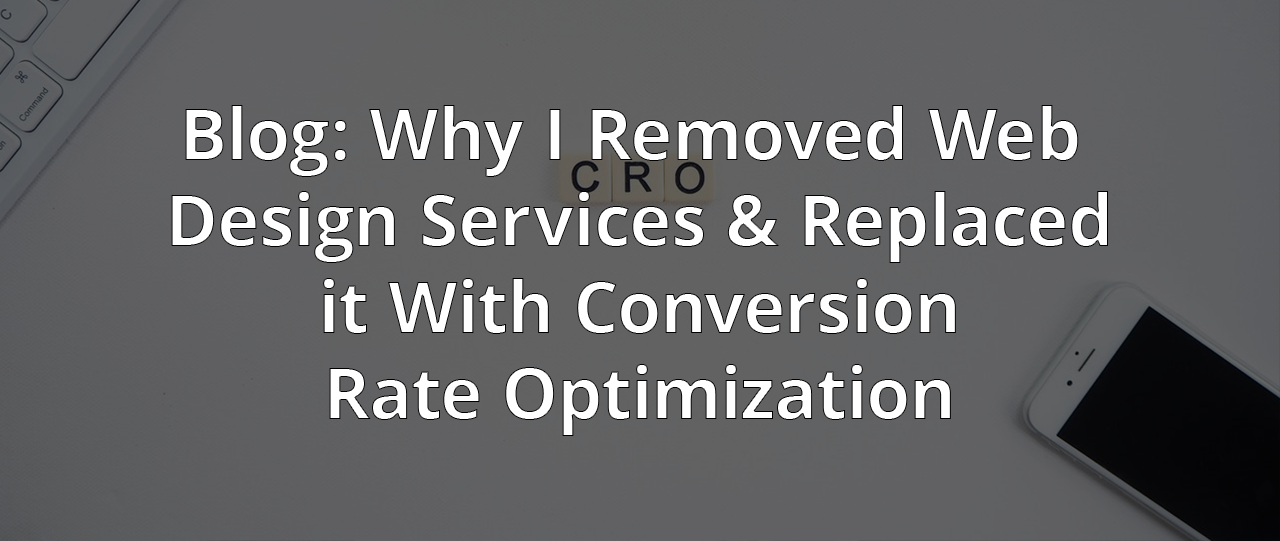
Lead Generation Software
Analyzing and always improving
When it comes to inbound marketing, finding high-quality leads through a strategically developed lead generation strategy is essential for businesses of any size. Fortunately, today we have access to plenty of tools and information to help guide us through the process.
Measuring lead generation success
Metrics for measuring lead generation are crucial for success and should be integrated into your marketing plan as early as possible. When determining lead generation metrics, here are some important points to consider:
What are you measuring?
When are you measuring?
How are you measuring?
What is your primary audience base?
What social channel has the most engagement?
Who in your company has a clear understanding of lead metrics?
Remember that the metrics themselves are just sets of numbers. What you need to understand is how these numbers show the progress of your marketing and sales activities.

Some basic metrics you need to know before measuring leads
One way you can measure how your business is doing when it comes to lead generation performance is via Key Performance Indicators (KPIs). Once you understand some basic metrics, you can then use them to inform more details about your sales strategy, and what’s going on throughout the entire sales funnel. Here are just a few of the many metrics you need to get a grasp on before moving on to lead scoring and related metrics.
Click-through-rates (CTR)
Conversion rates
Time to conversion
ROI
When used in the right way, all of these primary metrics help you understand how your sales funnel works and eventually lead you to a clear picture of your cost-per-lead and also the time it takes to capture and convert them.

Integrating with Your CRM Software
Automation is the key to organizing, analyzing and implementing your customer data for marketing efforts. Your document management business needs to have a customer relationship management (CRM) system set up to manage your contacts and understand the lead generation and conversion process. This system is a crucial part of growing lists, managing contacts and keeping track of everything to do with lead generation.
With CRM software technology, you dictate how you want to relate with your customers and prospective customers in order to improve your profits. Now that all of your information is stored and updated within the software, you can establish what efforts you want to employ. Do you want to track the progress of leads? Do you want to see how a relationship is going with a long-time client? Do you want to organize and deploy an email campaign?
Many of your business marketing tasks can be streamlined and improved by CRM technology. There is an assortment of reputable and reliable trial, free, and full-outfitted paid versions of CRM software. It’s up to you to determine what your business can afford and what it needs.
HubSpot marketing and lead generation platform
HubSpot is a provider of software for marketing and sales. Though they do provide hundreds of valuable and insightful pieces of industry content, their inbound marketing software is their primary product. The platform can be fully integrated or purchased and run separately, featuring HubSpot CRM, and the Marketing, Sales, and Service Hubs. HubSpot can help you manage your customer relations on every level.
The Sales and Service Hubs help you track how leads are moving along the funnel and after they’ve converted as customers. But the Marketing Hub and CRM in particular focus on lead generation activities. Here are some of the lead gen marketing options you have with HubSpot:
Develop, test, and deploy conversion-optimized landing pages
Automate content marketing and outreach for categorized leads
Set up a customized email series for specific leads
View all interactions and progress with leads
Track clicks on CTAs, submitted forms, and opened emails
Score leads and re-direct efforts
HubSpot’s software gives you somewhere to organize, track, and arrange interactions with your leads. They even set you up with the tools you need to attract them and increase the conversion rates from your landing pages, calls to action, and forms. Get the help of new software so you can get serious about your lead generation strategy.
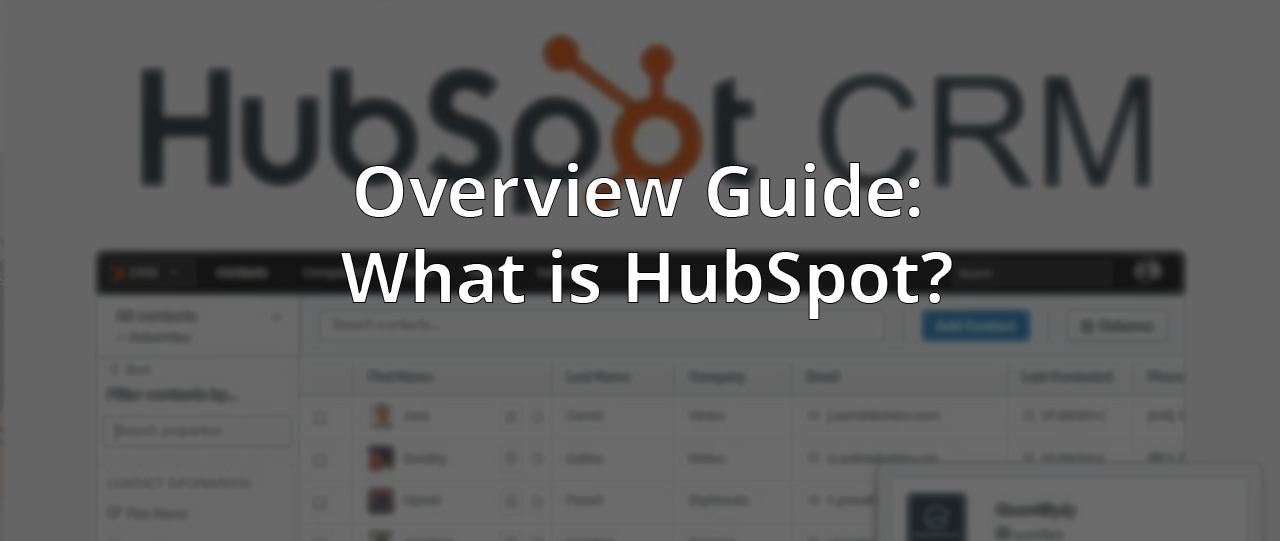
Lead Generation Marketing
Determining Sales Qualified Leads (SQL) & Marketing Qualified Leads (MQL)
Lead scoring is merely a term for understanding and measuring those who appear to be interested in your product. It’s the part of your sales funnel that comes after lead generation but before conversions.
You can’t just let leads pour into the sales funnel and hope they find their way to a purchase. You need to help them along. The best way to direct your sales and marketing efforts is to assess which leads need a little nudge and which need a bigger push.
Marketing Qualified Leads
Sales Qualified Leads
You’ll need to observe metrics that allow you to measure lead quality and lead-to-conversion rates, such as:
- Quality of SQLs
- Quantity of SQLs
- Conversions of marketing qualified leads (MQL) to sales accepted leads (SAL)
- Conversions of SAL to SQL
Your sales team should continuously be observing what factors are in place when it comes to converting marketing qualified leads to sales qualified leads, as well as what gets in the way of this happening. Everyone involved in lead gen and sales needs to be on the ball when it comes to the definition of a lead and an SQL and to be aware that the definition will change over time.

Next Steps
It’s time to build a sustainable lead generation program
Digital marketing and inbound lead generation may be the last and best remaining road to appointment setting and new business development and now you are armed with all the in’s and out’s.
You have loads of good reasons to move toward a sustainable sales and marketing program. You have options that meet your current needs and options that could transform processes into a sales juggernaut.
It’s time to take that first step.
About Us
Andrew & Spencer is a digital marketing firm that helps document management companies acquire customers and boost revenue. We have more than 18 years experience in creating, launching and managing marketing campaigns for document management firms.